
The Duchy of Brittany was a medieval feudal state that existed between approximately 939 and 1547. Its territory covered the northwestern peninsula of Europe, bordered by the Atlantic Ocean to the west, and the English Channel to the north. It was also less definitively bordered by the river Loire to the south, and Normandy, and other French provinces, to the east. The Duchy was established after the expulsion of Viking armies from the region around 939. The Duchy, in the 10th and 11th centuries, was politically unstable, with the dukes holding only limited power outside their own personal lands. The Duchy had mixed relationships with the neighbouring Duchy of Normandy, sometimes allying itself with Normandy, and at other times, such as the Breton-Norman War, entering into open conflict.
Constance was Duchess of Brittany from 1166 to her death in 1201 and Countess of Richmond from 1171 to 1201. Constance was the daughter of Duke Conan IV by his wife, Margaret of Huntingdon, a sister of the Scottish kings Malcolm IV and William I.

Alan II, nicknamed Wrybeard or Twistedbeard, Alan Varvek in Breton, was Count of Vannes, Poher and Nantes, and Duke of Brittany from 938 to his death. He was the grandson of King Alan the Great by Alan's daughter and her husband Mathuedoï I, Count of Poher. He expelled the Vikings/Norsemen from Brittany after an occupation that lasted from 907 to about 939.
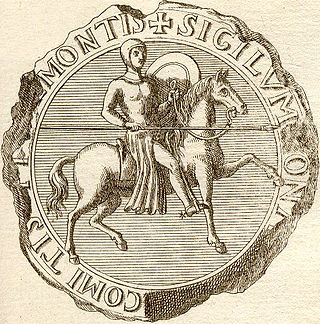
Conan IV, called the Young, was the Duke of Brittany from 1156 to 1166. He was the son of Bertha, Duchess of Brittany, and her first husband, Alan, Earl of Richmond. Conan IV was his father's heir as Earl of Richmond and his mother's heir as Duke of Brittany. Conan and his daughter Constance would be the only representatives of the House of Penthièvre to rule Brittany.
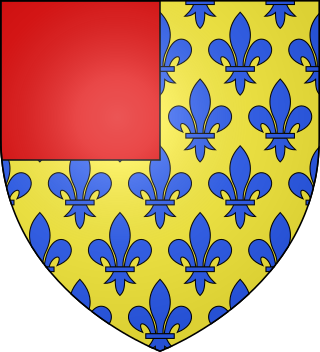
Guy of Thouars was the third husband of Constance, Duchess of Brittany, whom he married in Angers, County of Anjou between August and October 1199 after her son Arthur of Brittany entered Angers to be recognized as count of the three countships of Anjou, Maine and Touraine. He was an Occitan noble, a member of the House of Thouars. He is counted as a duke of Brittany, jure uxoris, from 1199 to 1201.

Alix of Thouars ruled as Duchess of Brittany from 1203 until her death. She was also Countess of Richmond in the peerage of England.
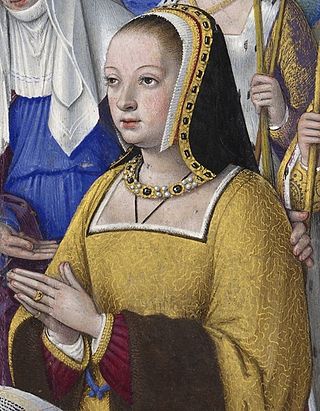
Anne of Brittany was reigning Duchess of Brittany from 1488 until her death, and Queen of France from 1491 to 1498 and from 1499 to her death. She was the only woman to have been queen consort of France twice. During the Italian Wars, Anne also became Queen of Naples, from 1501 to 1504, and Duchess of Milan, in 1499–1500 and from 1500 to 1512.
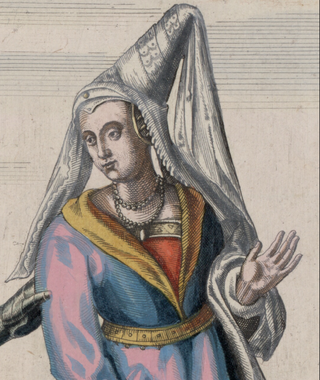
Judith of Flanders was a Carolingian princess as the daughter of Charles II, Emperor of the Romans, who became Queen (consort) of Wessex by two successive marriages and later Margravine (consort) of Flanders.
The counts of Nantes were originally the Frankish rulers of the Nantais under the Carolingians and eventually a capital city of the Duchy of Brittany. Their county served as a march against the Bretons of the Vannetais. Carolingian rulers would sometimes attack Brittany through the region of the Vannetais, making Nantes a strategic asset. In the mid-ninth century, the county finally fell to the Bretons and the title became a subsidiary title of the Breton rulers. The control of the title by the Breton dukes figured prominently in the history of the duchy. The County of Nantes was given to Hoel, a disinherited son of a duke. He lost the countship due to a popular uprising. That uprising presented an opportunity for King Henry II of England to attack the Breton duke. In the treaty ending their conflicts, the Breton duke awarded the county to Henry II.
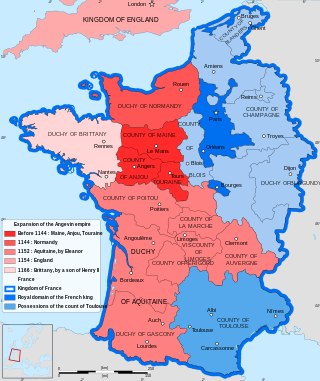
The County of Anjou was a French county that was the predecessor to the Duchy of Anjou. Its capital was Angers, and its area was roughly co-extensive with the diocese of Angers. Anjou was bordered by Brittany to the west, Maine to the north, Touraine to the east and Poitou to the south. Its 12th century Count Geoffrey created the nucleus of what became the Angevin Empire. The adjectival form is Angevin, and inhabitants of Anjou are known as Angevins. In 1360, the county was raised into the Duchy of Anjou within the Kingdom of France. This duchy was later absorbed into the French royal domain in 1482 and remained a province of the kingdom until 1790.
Hoël I of Brittany was an illegitimate son of Alan II and Judith. He was Count of Nantes and Duke of Brittany from 960 to 981.
Mathuedoï I was a Count of Poher. He was the son - in - law of Alan I, King of Brittany, known as Alan the Great through his marriage to Hawise of Vannes. He obtained his countship at Alan's death circa 907. He is listed in several ecclesiastical records at Redon Abbey.
Alain Canhiart was the count of Cornouaille from 1020 to 1058. He was the son of Benoît de Cornouaille and the father of Hoël II, Duke of Brittany. His family name, Canhiart, is understood to be derived from the old Breton Kann Yac'h and was translated into the Latin texts of his era as Bellator fortis.

Jean de Malestroit was a French pseudo-cardinal who served as Bishop of the Roman Catholic Diocese of Nantes from 17 July 1419 until 1443 AD when he resigned.
Guerech of Brittany, was Count of Nantes and Duke of Brittany from 981 to 988.

Alan was the only known son of Guerech, Duke of Brittany, and Aremberg. With his mother he founded the castle of Ancenis around 987, according to the Chronicle of Nantes. In 988, he succeeded his father as Count of Nantes and perhaps nominal Duke of Brittany, after his father was murdered by Count Conan I of Rennes. The following two years were marked by endless warfare between Rennes and Nantes. In 990, Alan died, either of an illness or else killed by Conan, who took Nantes and had himself proclaimed Duke of Brittany by the bishop of Nantes, Orscand de Vannes.
Budic of Nantes was Count of Nantes from 1005 to his death in 1038.
Judicaël of Nantes was Count of Nantes from 992 to his death in 1004.
Judith of Nantes was titular Countess of Nantes from 1051 to her death in 1063.
Robert of Nantes was the Latin patriarch of Jerusalem from 1240 to 1254.